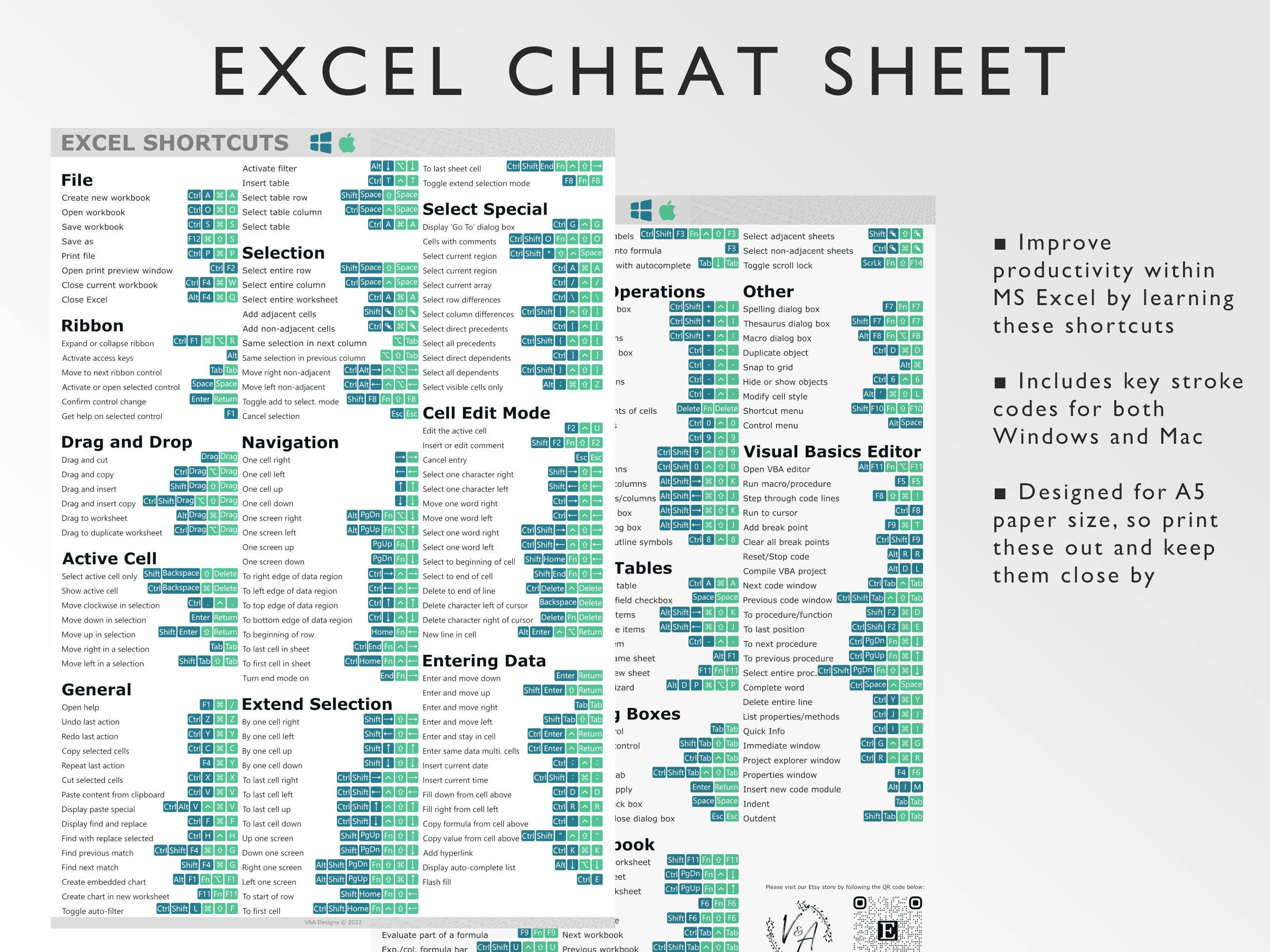Excel Sheet Referencing: How-To Guide

The world of spreadsheets, particularly Microsoft Excel, can be a powerful ally in managing data, analysis, and even decision-making processes. Excel's ability to organize, analyze, and interpret data makes it an essential tool for many professionals across various fields. In this comprehensive guide, we'll explore how to master Excel Sheet Referencing, a pivotal skill for leveraging the full potential of this software.
Understanding the Basics of Excel Referencing

Excel sheet referencing is the technique used to specify cell addresses or ranges within Excel workbooks for formulas, functions, or data referencing. Here are the key concepts:
- Absolute Referencing: Using the sign before the column letter and row number, like A1, to lock the reference in place.</li> <li><strong>Relative Referencing</strong>: When cell references change as a formula is copied or filled to other cells, without the sign.
- Mixed Referencing: A mix of absolute and relative references, e.g., A1 or A1.
- External Referencing: Pointing to cells or ranges in different worksheets or workbooks.

Excel Sheet Referencing Techniques

1. Using Sheet References Within the Same Workbook

To reference a cell in another sheet within the same workbook:
=SheetName!A1
- Replace
SheetNamewith the actual name of the sheet. - If the sheet name contains spaces or special characters, enclose it in single quotes, e.g.,
‘Summary Sheet’!A1.
📝 Note: If you plan to move or rename the worksheet, consider using named ranges for more robust referencing.
2. Linking to Cells in Other Workbooks

To reference data from a different workbook:
=[WorkbookName]SheetName!A1
- Replace
WorkbookNamewith the file name of the other workbook, including the extension. - Be mindful of the file path when opening the workbook.
3. Using 3D References

3D references allow you to reference the same cell or range in multiple sheets:
=SUM(Sheet1:Sheet3!A1)
- This formula would sum the value of cell A1 from Sheet1 through Sheet3.
4. Dynamic Named Ranges

Create dynamic named ranges to automatically adjust references based on changing data:
- Go to the “Formulas” tab, click “Define Name.”
- Name your range, e.g.,
DynamicRange. - Use a formula like
OFFSET(A1,0,0,COUNTA(A:A),1)to create a range that expands with added data.
Best Practices for Excel Sheet Referencing

1. Organize Your Workbook

Good organization of your workbook will make referencing easier:
- Use consistent naming conventions for worksheets.
- Group related sheets together for easy reference.
2. Use Named Ranges for Clarity

Named ranges make formulas more readable and less prone to errors:
- Create a named range with a meaningful name, like
QuarterlySales. - Reference these ranges in formulas instead of raw cell addresses.
3. Avoid Circular References

Circular references can cause calculation issues, so be sure to:
- Check for accidental self-referencing in formulas.
- Remove or correct circular references promptly.

4. Document Your Formulas

Using comments or a documentation sheet can help others understand your referencing logic:
- Add comments to explain complex formulas or references.
- Maintain a reference table or glossary of key data points and their corresponding cells or ranges.
In summary, understanding how to effectively reference sheets in Excel can significantly enhance your ability to organize and analyze data. By mastering absolute, relative, and mixed referencing, along with external and 3D references, you open up a world of possibilities for data manipulation and analysis. Remember to organize your workbook, use named ranges, and avoid circular references to ensure smooth operations. As you grow more comfortable with these concepts, Excel becomes not just a tool for data entry, but a powerful analytical platform to drive decisions and insights.
What is the difference between absolute and relative references in Excel?

+
Absolute references (A1) lock the reference to a specific cell, preventing changes when formulas are copied or filled. Relative references (A1) change according to the position they are pasted into, allowing formulas to adapt dynamically.
How do I reference a sheet in another workbook in Excel?

+
Use the formula: =[WorkbookName]SheetName!A1, where WorkbookName is the file name of the other workbook, and SheetName is the specific worksheet.
Can I reference the same cell in multiple sheets using one formula?
+Yes, with 3D references. For example, =SUM(Sheet1:Sheet3!A1) sums cell A1 from Sheet1 to Sheet3.
What are the benefits of using named ranges for referencing?
+Named ranges make formulas easier to read, less prone to errors, and more robust when sheets are renamed or moved. They provide a way to reference data with descriptive names rather than cell addresses.



